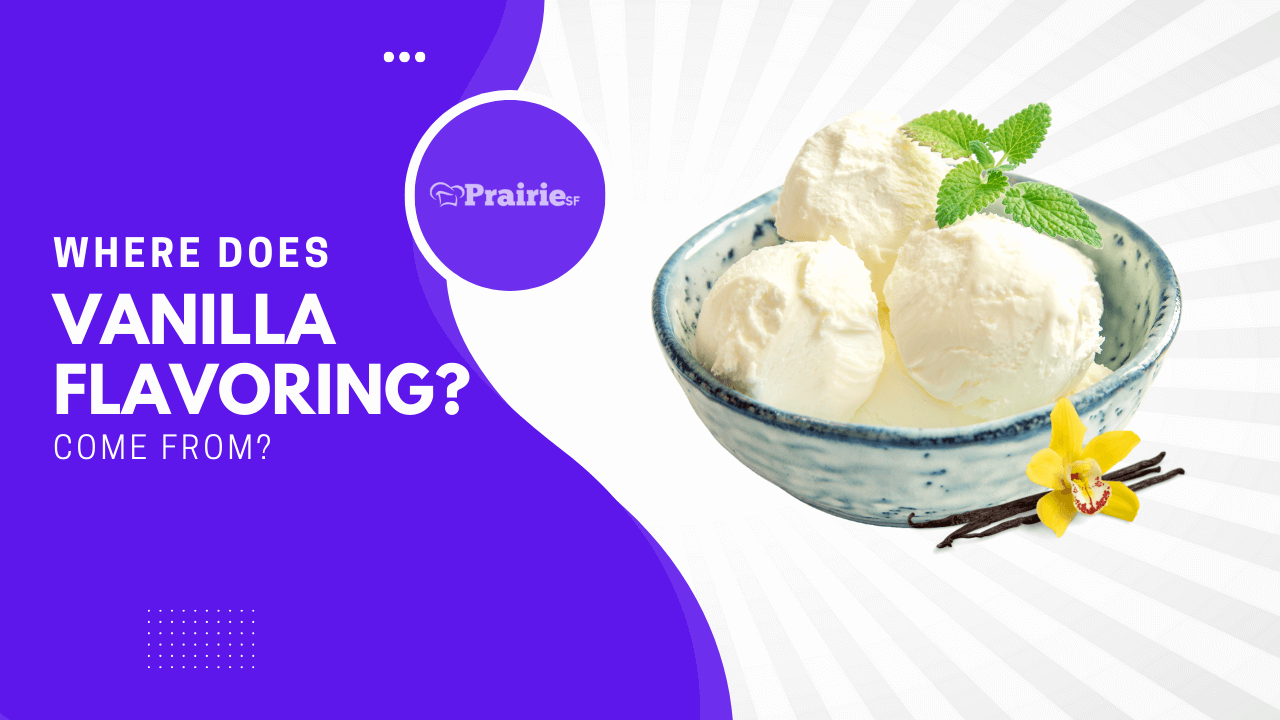Vanilla is one of the most popular flavors in the world, and it has been used for centuries to add sweetness and depth of flavor to food. The distinctive aroma and taste of vanilla are the result of a unique compound called vanillin. Vanillin is found in the seed pods of certain tropical plants, and it is extracted from these pods to create vanilla flavoring.
In addition to its use in food, vanilla is also a popular scent for perfumes and candles. Because it is derived from natural plant sources, vanilla is considered to be a safe and healthy flavoring option.

As any baker knows, vanilla is an essential ingredient in many recipes. Not only does it provide a rich and creamy flavor, but it also helps to balance out the sweetness of other ingredients. However, finding good vanilla flavoring can be a challenge. Some vanillas are too weak, while others can be overwhelming. In addition, artificial vanillas often lack the complex flavor profile of natural vanilla.
As a result, it is important to choose a vanilla flavoring that is both flavorful and versatile. Madagascar bourbon vanilla is a good option for baking, as it has a robust flavor that complements other ingredients without overpowering them. Vanilla extract is another good choice, and it can be easily adjusted to suit your taste. Whether you use natural or artificial vanilla flavoring, make sure to choose one that will enhance your baking recipes.
Contents
Vanilla Flavoring And Its Tricky Twin, Artificial Vanilla Flavor
Vanilla flavoring is one of the most popular and versatile food additives available. It can be used to enhance the flavor of cakes, cookies, ice cream, and even savory dishes. However, vanilla flavoring isn’t always made from real vanilla beans. In fact, some brands use artificial vanilla flavor, which is a cheaper and more potent alternative.
True vanilla flavoring comes from the seedpod of the only orchid species that produces edible fruit, Vanilla planifolia. The pod is cured and then used to produce an extract, which is about four times as strong as the flavoring you’d find in a grocery-store vanilla extract.
Artificial vanilla flavor, on the other hand, is made from a type of chemical called vanillin. which can be derived from wood pulp or coal tar. While it doesn’t have the same complex flavor profile as real vanilla, it’s significantly cheaper to produce and is often used as a stand-in for the real thing.
While artificial vanilla flavor can be a good stand-in for the real thing, it lacks the subtlety and depth of flavor that real vanilla beans provide. When possible, it’s always best to use real vanilla beans or extract in your cooking and baking. That way, you’ll be sure to get the most delicious and authentic flavor possible.
Where Is Vanilla Grown?
Vanilla is a flavoring derived from the seeds of an orchid in the genus Vanilla. The word vanilla, derived from the Spanish word “vaina,” actually refers to the pod of the plant rather than the seeds themselves. The main producer of vanilla in Madagascar, which produces about 80% of the world’s supply.
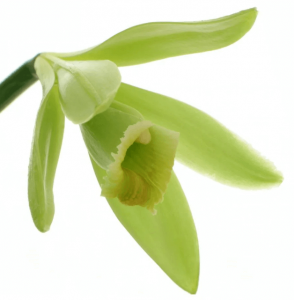
Other major producers include Mexico, Tahiti, Indonesia, and Uganda. Vanilla plants can also grow in most tropical regions, including the West Indies, parts of Africa, and India. In terms of flavor, Mexican vanilla is said to be more pungent and woody, while Tahitian vanilla is sweeter and more flowery. Madagascar vanilla is somewhere in between, with a rich and creamy flavor that has made it a popular choice for use in ice cream and other desserts.
What Is Vanilla Flavoring Made from?
Vanilla flavoring is one of the most popular and versatile flavors used in baking and cooking. Most commercially produced vanilla flavoring is actually made from a synthetic compound called vanillin. Vanillin is cheaper and more consistent than natural vanilla extract, so it’s the preferred choice for many manufacturers.
However, some high-end brands still use real vanilla beans to produce their flavoring. Vanilla beans are the fruit of a tropical orchid that grows in Mexico, Madagascar, Tahiti, and other parts of the world. The beans are harvested and then cured, which brings out their distinctive flavor.
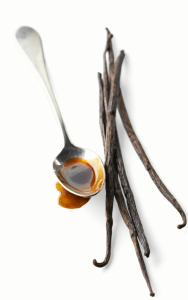
Vanilla flavoring is typically added to food products in the form of an extract. This extract is made by soaking vanilla beans in alcohol, which allows the vanillin to dissolve into the liquid. The extract is then concentrated and bottled for use in cooking and baking. Some manufacturers also add other ingredients, such as sugar or glycerin, to their extracts. These additional ingredients can help to stabilize the flavor and prevent it from dissipating during storage.
Despite its simple ingredients, vanilla flavoring is a complex and versatile flavor that has been enjoyed by people all over the world for centuries.
Where Does Pure Vanilla Extract Come From?
Vanilla extract is one of the most important ingredients in baking, imparting a rich flavor and aroma to cakes, cookies, and other desserts. The essence of vanilla extract is derived from the seeds of a specific type of orchid that is native to Mexico. After the flowers of the vanilla orchid bloom, the resulting seed pods must be hand-pollinated in order to produce vanilla beans. Once the seed pods have matured, they are harvested and then cured, a process that can take up to several months.
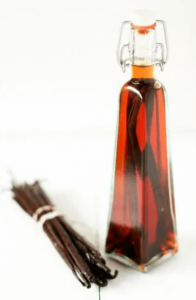
Once cured, the vanilla beans are dried, sorted, and graded before being sent to extractors. The extractors use a solvent to draw out the flavor-packed oils from the vanilla beans, resulting in a concentrated liquid vanilla extract. This extract is then diluted with alcohol and water to create the pure vanilla extract that we know and love. So next time you enjoy a slice of vanilla cake or a scoop of vanilla ice cream, take a moment to appreciate all the hard work that goes into making this delicious flavoring.
How Can I Make My Own Vanilla Flavoring?
Making your own vanilla flavoring is easy, and it only requires a few simple ingredients. The most important ingredient is vanilla beans. You can find these at most grocery stores, or you can order them online. Once you have your vanilla beans, simply split them open and scrape out the seeds. These seeds will be used to infuse the alcohol.
The next step is to choose an alcohol base. The alcohol will act as a solvent, extracting the flavor from the vanilla beans. Finally, add a sweetener to taste. honey or sugar works well, but you can also use artificial sweeteners if you prefer. Once everything is combined, just let the mixture sit for a few weeks so that the flavors can meld together. Then enjoy your homemade vanilla flavoring in your favorite recipes!
Why is Vanilla So Expensive?
One of the world’s most beloved flavors, vanilla is derived from the seed pods of a species of orchid known as Vanilla planifolia. The process of harvesting and producing vanilla is painstaking and time-consuming, which is one reason why it is so expensive. The vanilla plant only flowers for one day each year, and the flower must be pollinated by hand.
Once the seed pods have been harvested, they must be cured for several months before they can be used. The curing process involves drying and sweating the pods, a process that helps to develop the characteristic flavor and aroma of vanilla. Given all of this effort, it’s no wonder that vanilla is one of the most costly spices in the world.
What Is Beaver Vanilla?
Beaver vanilla is a type of flavoring that is derived from the anal glands of beavers. While this may sound unappetizing, the flavor of beaver vanilla is actually quite pleasant, with a sweet and nutty taste. Unlike true vanilla extract, which is made from the beans of a tropical vine, beaver vanilla does not contain any alcohol. Instead, it is composed of various compounds that are found in the beaver’s anal gland secretion. These include vanillin, quercitin, and eugenol.
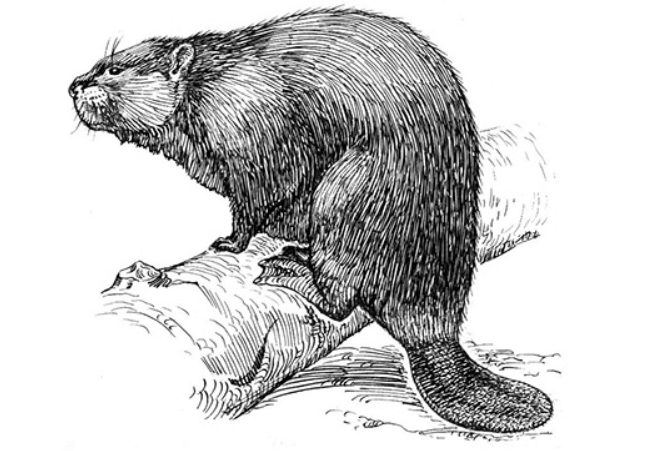
Difference Between Imitation Vanilla And Vanilla Extract
Vanilla is a popular flavoring for many foods and beverages, from ice cream and baked goods to coffee and cocktails. The two most common forms of vanilla are imitation vanilla and vanilla extract. Imitation vanilla is usually made from synthetic vanillin, which is cheaper than real vanilla beans. However, it does not have the same flavor or aroma as real vanilla.

Vanilla extract, on the other hand, is made by infusing water or alcohol with real vanilla beans. This results in a more concentrated flavor closer to the actual bean’s taste. In addition, real vanilla extract will usually have a darker color than imitation vanilla. When baking or cooking with vanilla, check the label to see if you are using natural vanilla extract or imitation vanilla. Using the wrong type of vanilla can change the flavor of your dish.
